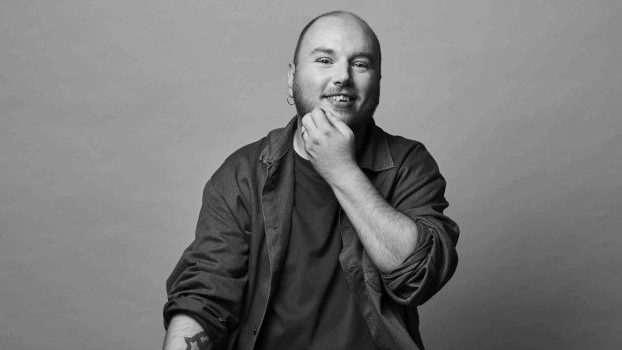 Events, Seasonal and Short-Term
Events, Seasonal and Short-Term
Situation Analysis: In Canada, mental health is ranked third as the most important cause in need of support. CAMH is Canada’s largest mental health and addiction teaching hospital and has played a leading role in transforming society’s understanding of mental illness and addiction. In 2012, CAMH launched the “Defeat Denial” campaign which, while a success on many fronts, indicated that the public did not understand mental illness and perceived it as a hopeless cause.
Insight & Strategy: The 2012 campaign highlighted a significant lack in the public’s understanding of the cause, yet when surveyed on the importance of mental health, the cause ranks third. CAMH needed to break down the stigma and show that CAMH was integral to preventing and providing solutions to this cause. Mental illness is best understood when told through the stories of people living with it, people living with those affected by it and individuals working towards improving it. CAMH is a brand that comes to life when it uses stories demonstrating how mental illness and addiction touches more people in more ways than anyone realizes.
Execution: Launched in mid-November 2013, running for four weeks plus subsequent pro-bono media, “Understanding” focused on five prevalent conditions (schizophrenia, alcoholism, bipolar disorder, depression and children with mental illness) in a 360-degree campaign targeting adults 18+. Television, print, and out of home were used to build awareness and start the conversation, while digital and social were used to deepen engagement over a longer period of time. PR was also used to build awareness and amplify the conversation.
A microsite was the hub of the campaign, each illness having its own forum where visitors could get help or offer help. Media placements told both sides of the story for each featured illness. TV spots ran back to back, first telling what could happen to an individual if they let their illness go untreated, then what could happen if they received treatment. Transit shelter units were placed in the same way. Newspaper would show untreated on the right hand side of the page, and then show treated on the right hand side of the following page. The use of hashtags describing the pre- and post-treatment behaviours and consequences represented a mnemonic to initiate a conversation and drive understanding. A new tag, “Canada’s Leading Mental Health Hospital” was added to the CAMH logo.
Results: Among those that saw the advertising, there was a 5% lift in the role CAMH plays as a hospital, in educating the public, in research and as an advocate. The campaign microsite averaged approximately 1,000 viewers per day, while the Facebook community size increased by 340% and engagement level increased by 130%. Among those that saw the advertising, 60% took away that help was available, building the recognition that mental illness was not a dead end. Over 80% of people would recommend CAMH or would seek care at CAMH and 64% are likely to donate after seeing the campaign.
Cause & Effect: No other marketing efforts were executed during this period.
Credits:
Client: CAMH
President & CEO: Darrell Louise Gregerson
Associate VP, communications & donor relations: Linda Quattrin
Agency: DentsuBos
CD: Andy Manson
AD: Steven Kim
VP engagement planning: Devon Macdonald
VP client service director and CRM director: James Sauter
Account supervisor: Lauren Bull
VP media director: Sheri Rogers
Producer: Cameron Moffat
Director: Shelley Lewis
Post production: Panic & Bob
Production company: Suneeva























